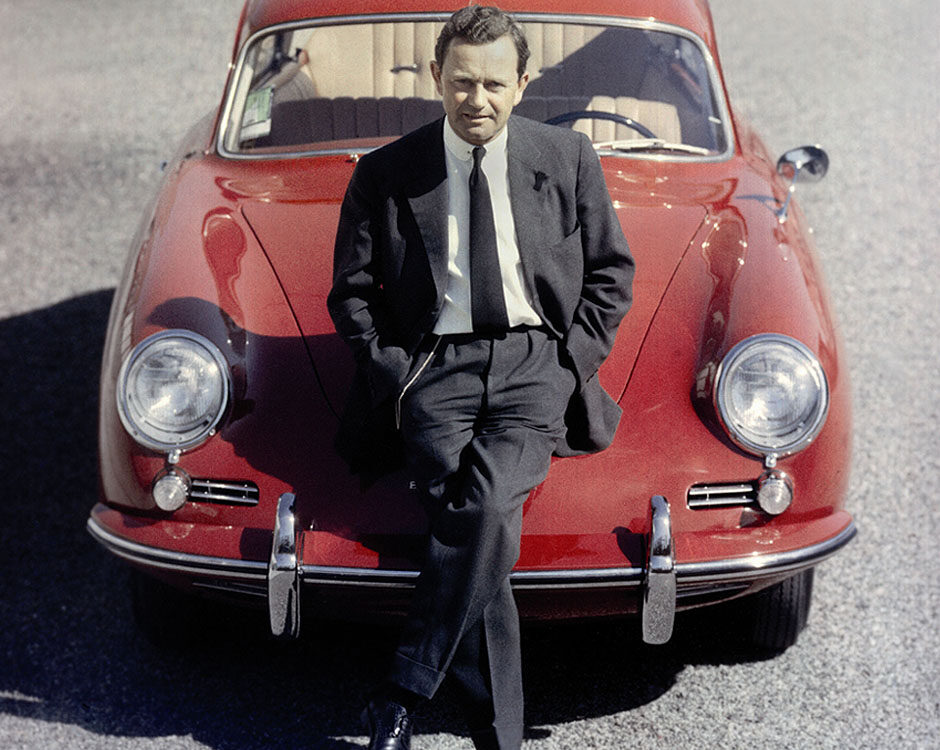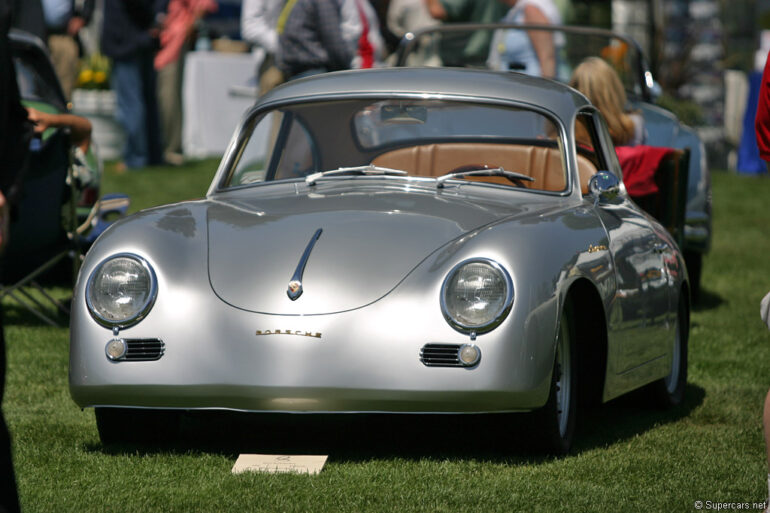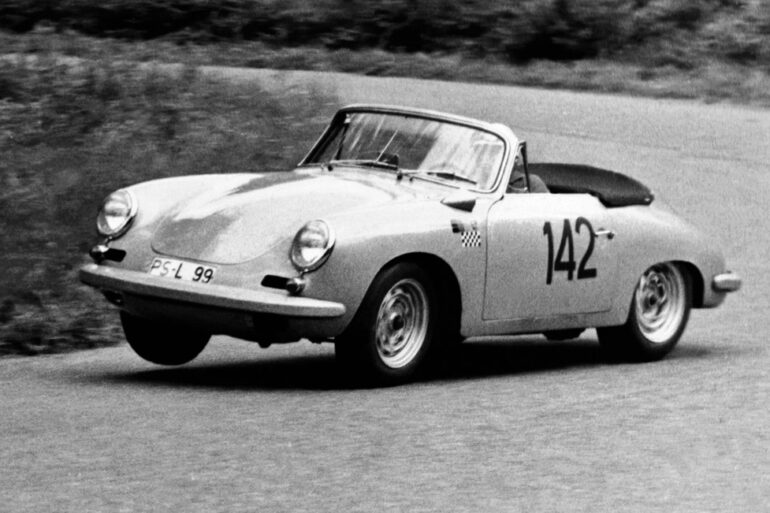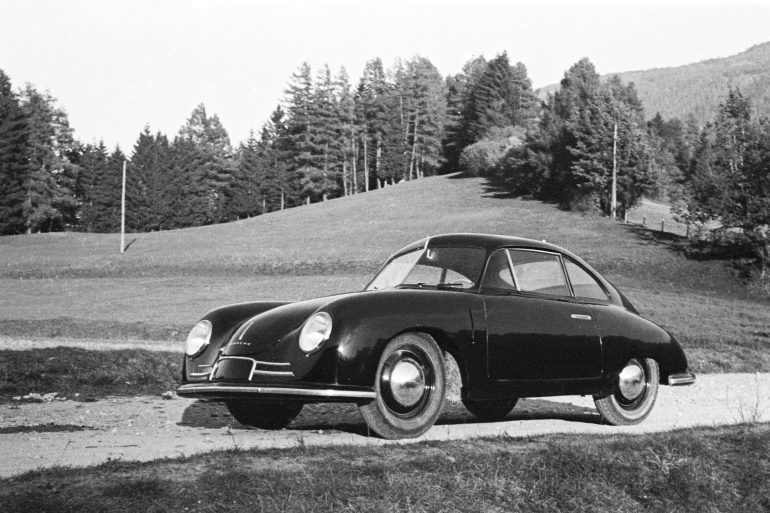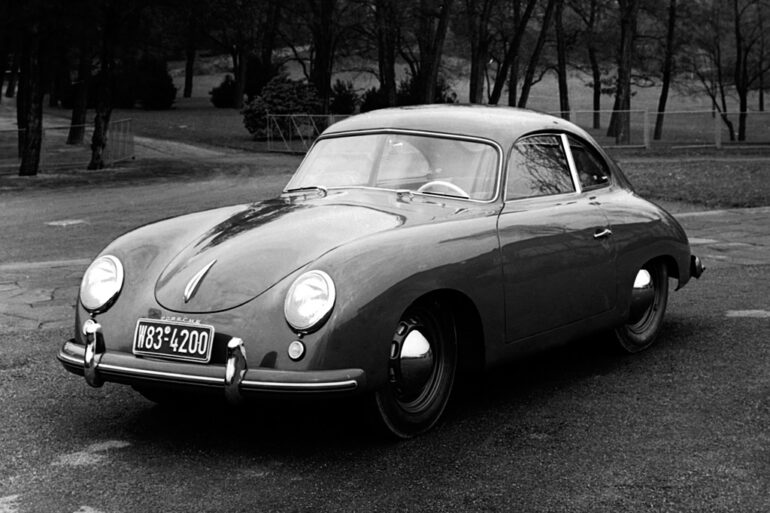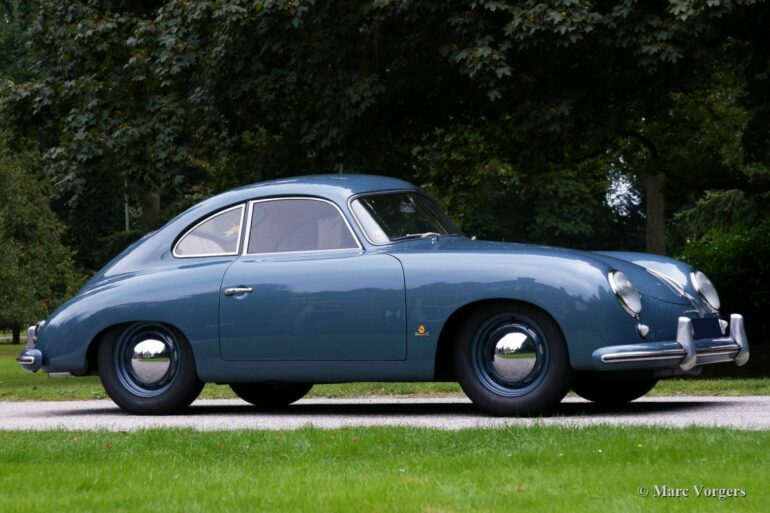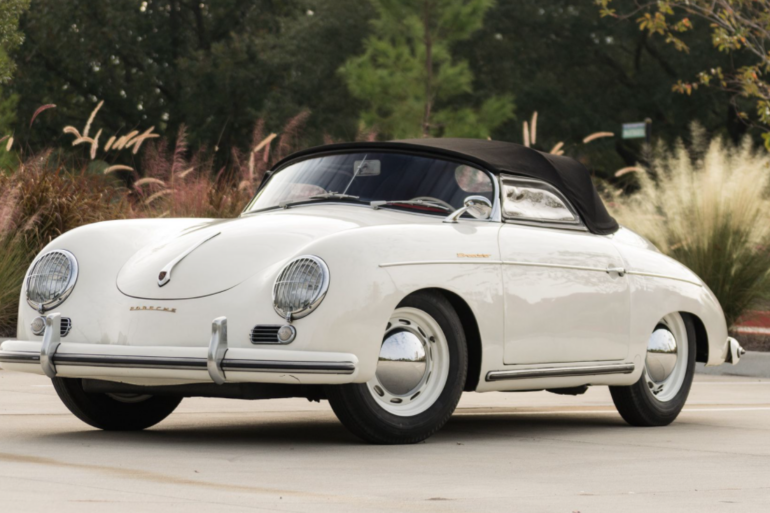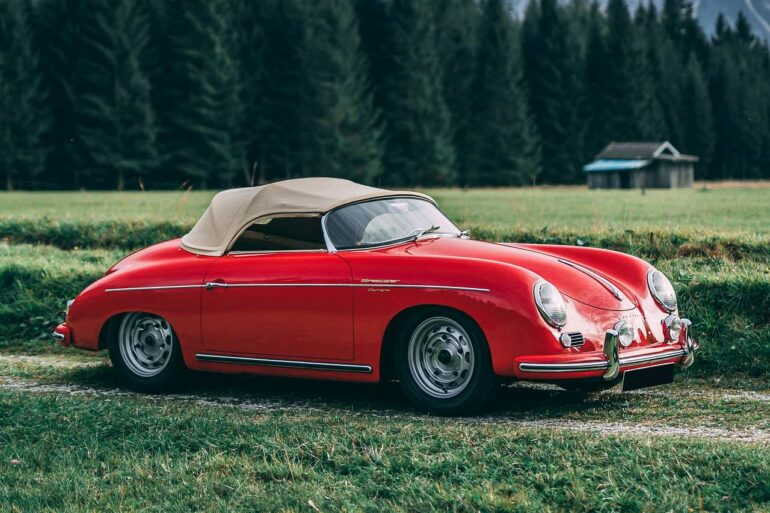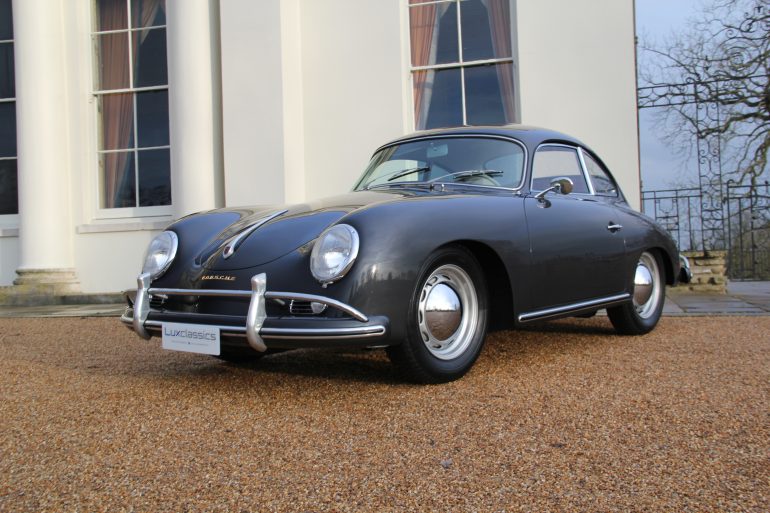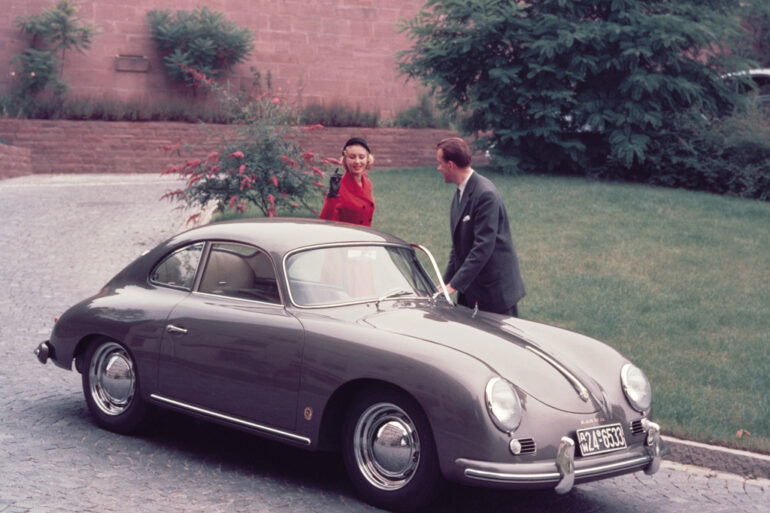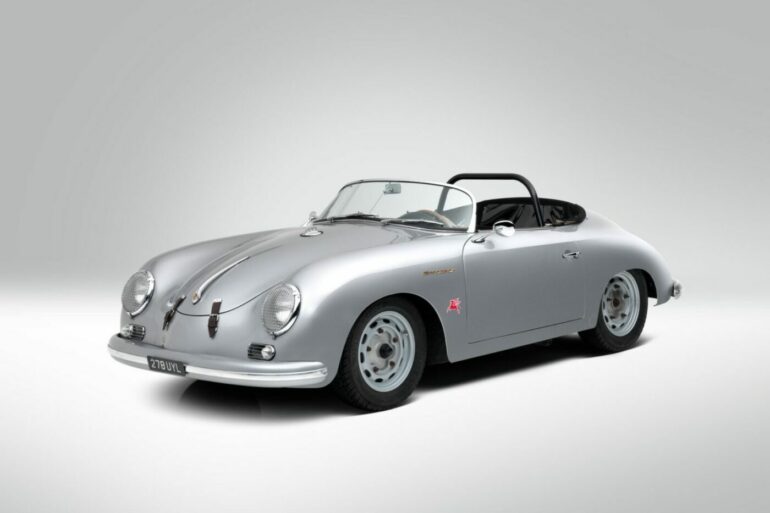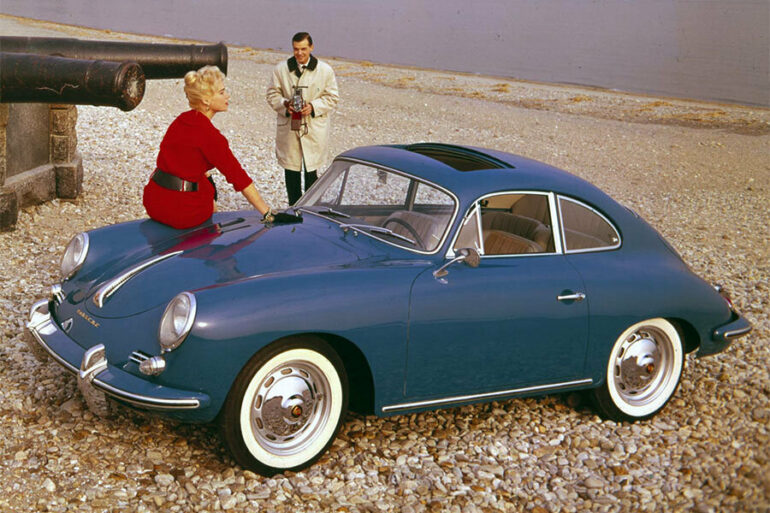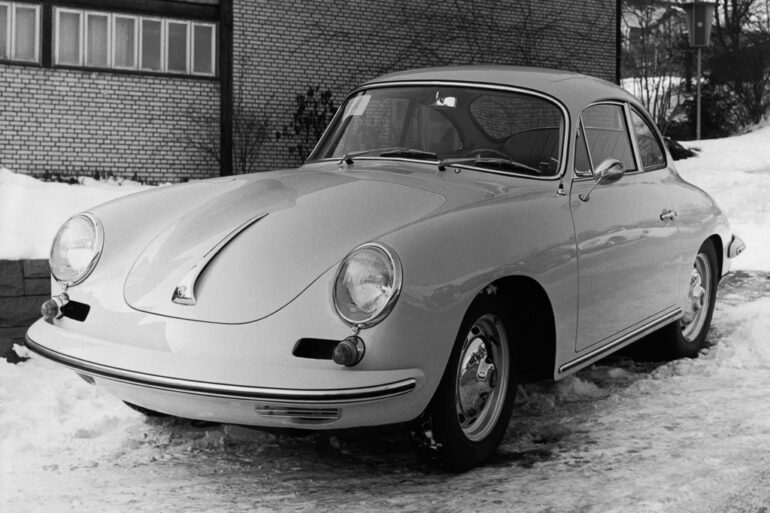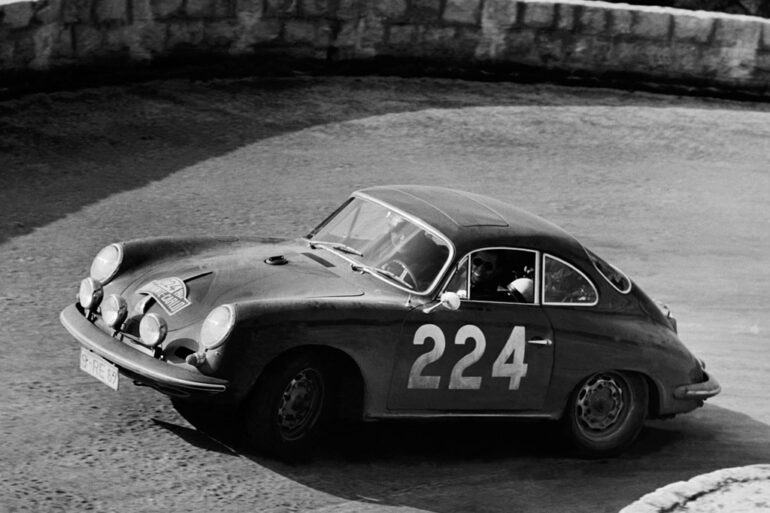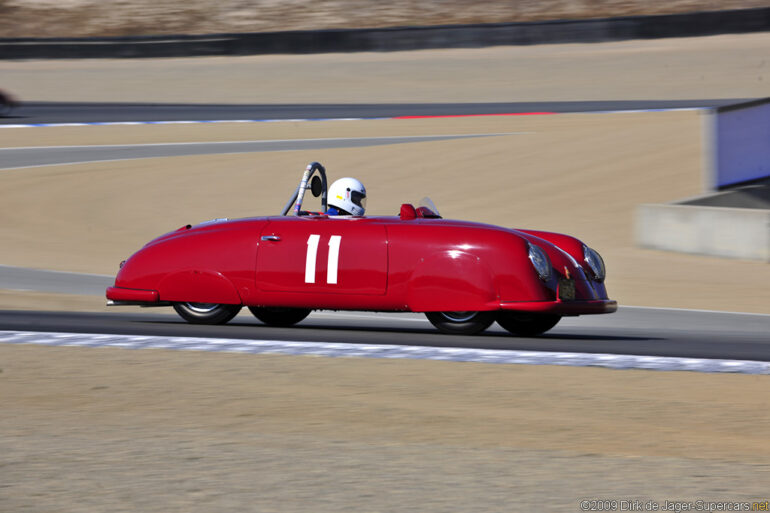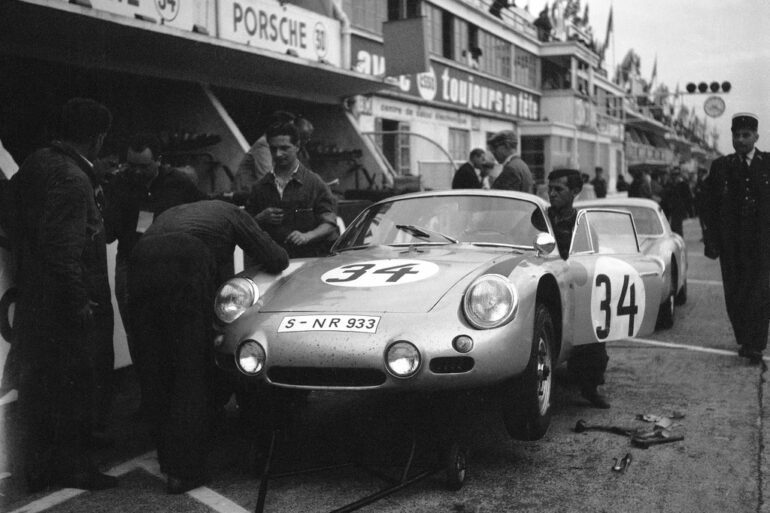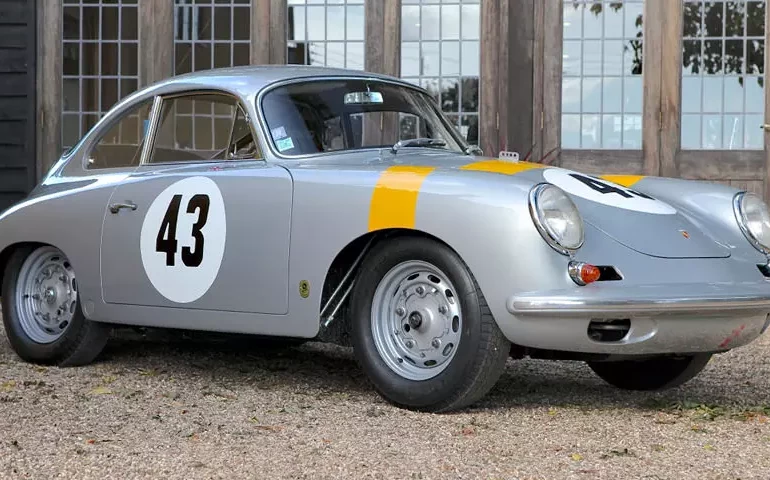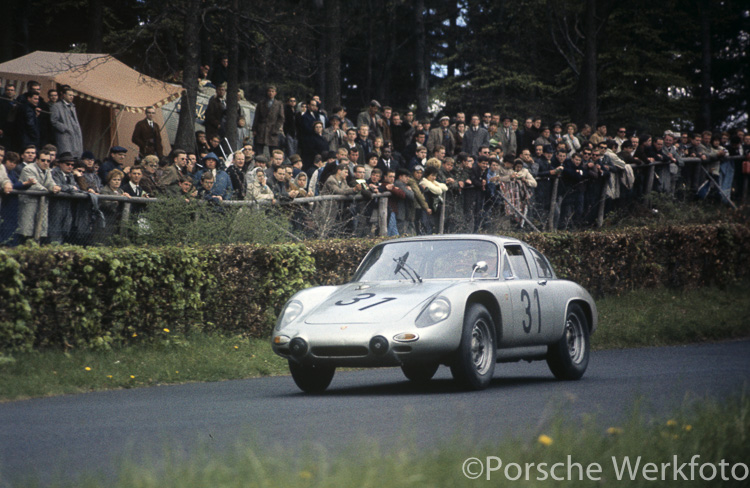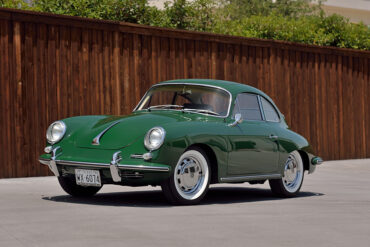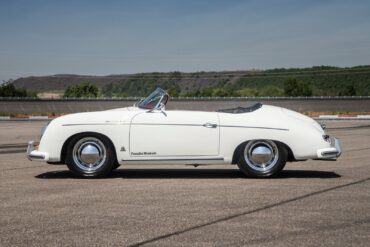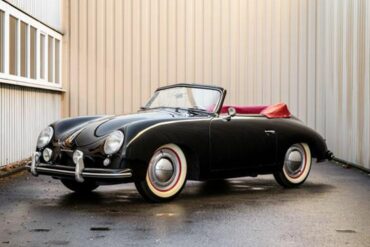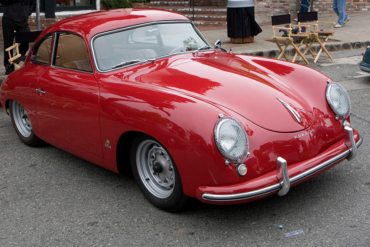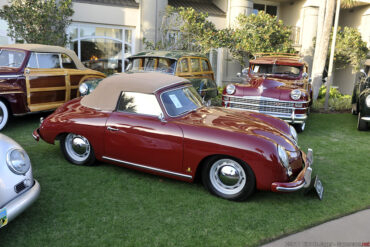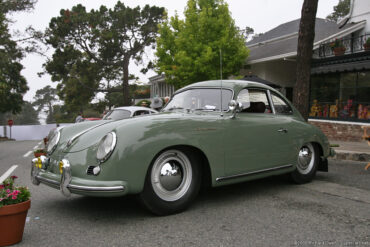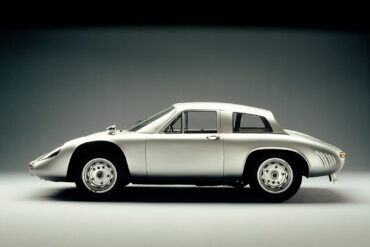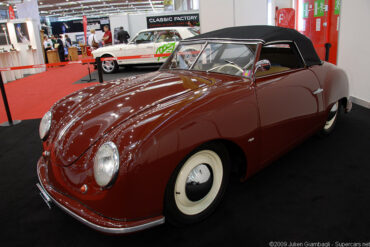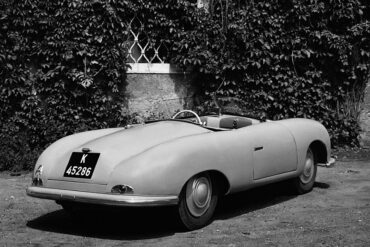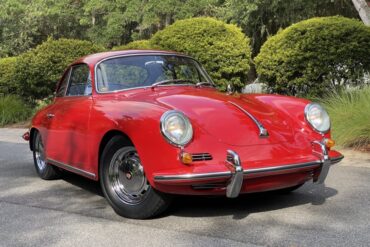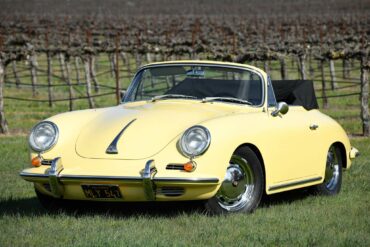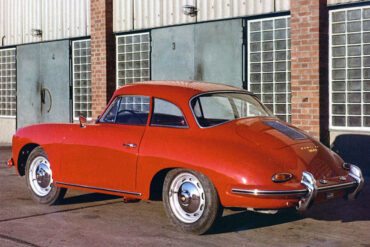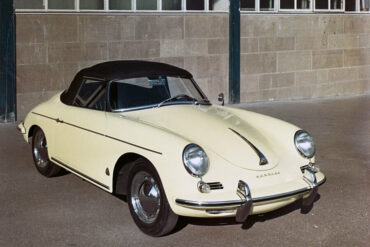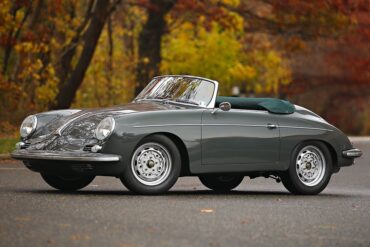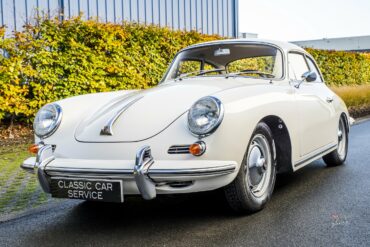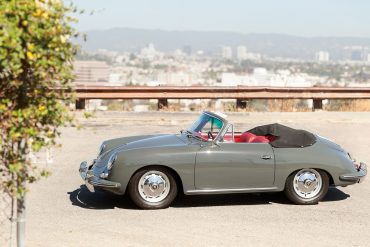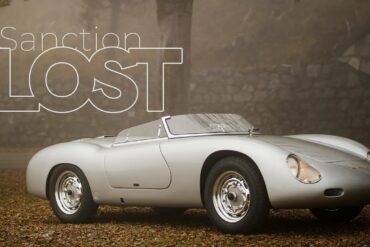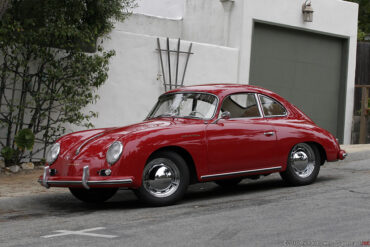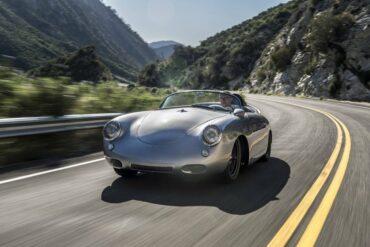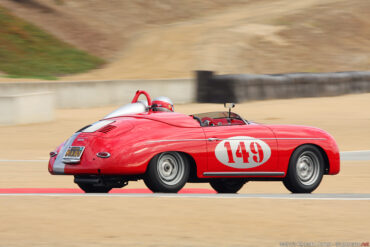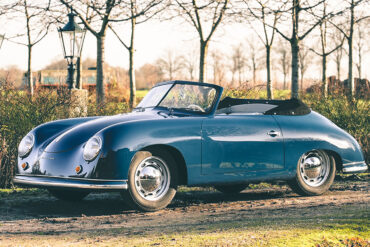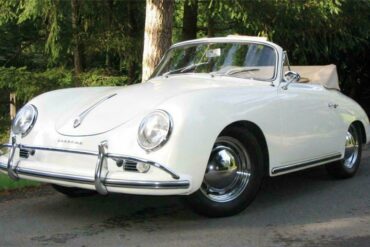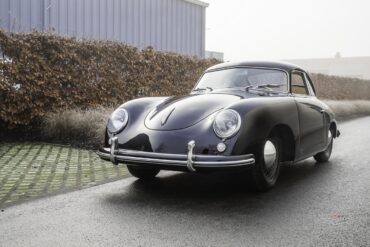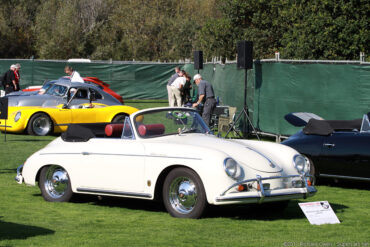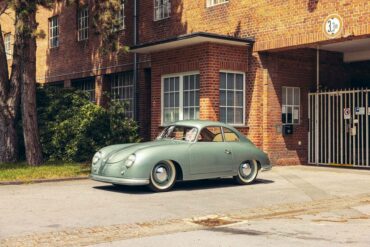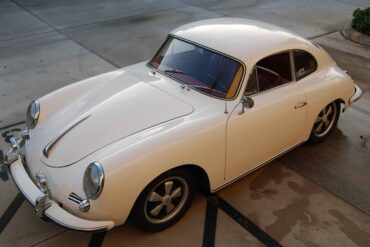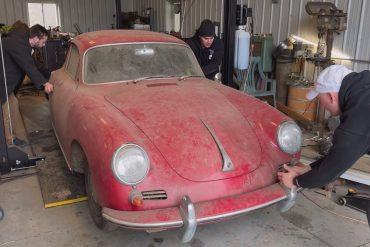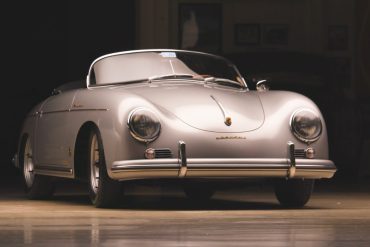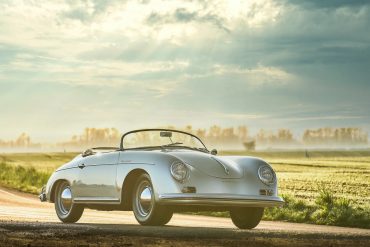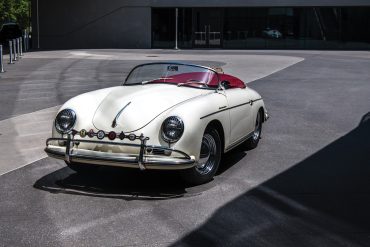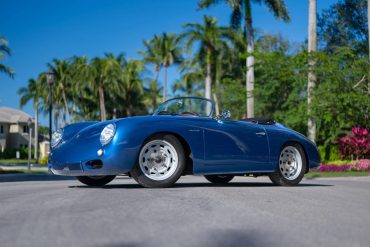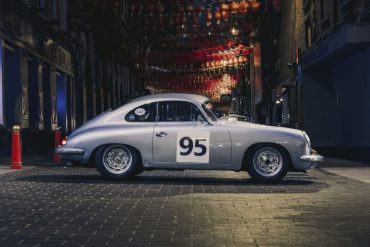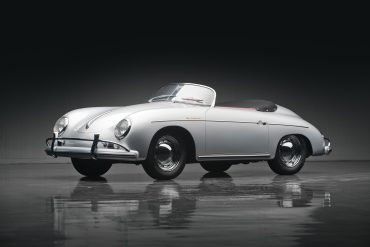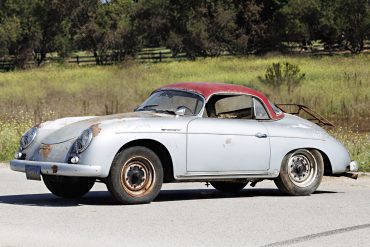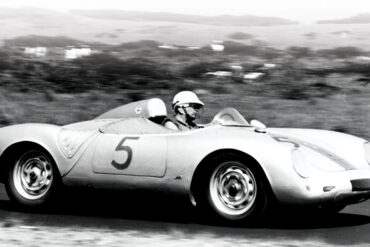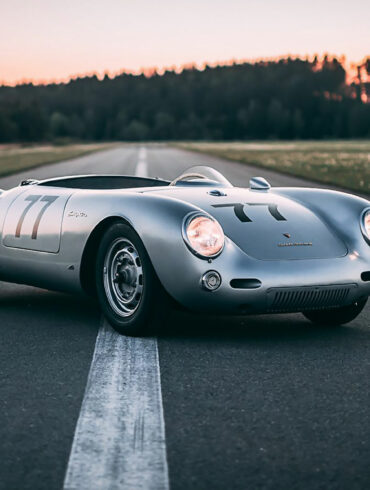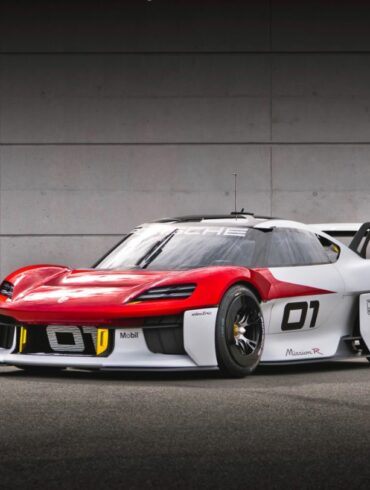Porsche 356
The Ultimate Model Guide
Story & Timeline / Model Guides / Misc Data / Tech Specs / Pics & Videos / 356 Pre-A / 356 A / 356 B / 356 C / News
The Porsche 356 was the first production car from Porsche. Earlier cars designed by the company included Cisitalia Grand Prix race car, the Volkswagen Beetle, and Auto Union Grand Prix cars, but it was the 356 that changed things forever for sports car enthusiasts the world over. Ferdinand Porsche, Sr. founded the company that still bears his name, but it was his son Ferdinand, widely known as Ferry, who created the Porsche we know today. In the early years after World War II, Ferry designed the 356-the car that made Porsche famous.
Closely related to the Volkswagen Beetle, which Ferdinand Sr. had designed in the mid-1930s, the 356 utilized many VW components-primarily in its drive-line and suspension--as well as its rear-engine, rear-wheel-drive configuration. But what began as a close cousin, or perhaps offspring, of The People's Car soon evolved into a world-class sports car, as well as a regular race winner. The first production Porsche was also a smash sales success. Ferry had initially hoped to sell 500 examples and needed a couple of years to build the first 50, but by the time 356 production ended in 1965, more than 76,000 cars in four distinct series had been built.
Porsche moved from Zuffenhausen in Stuttgart to the Austrian town of Gmund during 1944. Porsche’s Zuffenhausen factory (acquired in 1938) was occupied by the Americans so another options had to be found to build cars. Porsche ended up creating a partnership with Reutter for 500 Coupe bodies and Porsche leased 5000 sq ft of Reutter’s warehouse space ti build the cars. Cabriolet bodies went to the Glaser company in Ullesricht. The first Porsche 356 completed in Stuttgart was finished in March 1950.
The 356 was built in generations. There was the original ("pre-A"), followed by the 356 A, 356 B, and finally the 356 C. To distinguish among the major revisions of the model, 356s are generally classified into a few major groups. The 356 coupés and "cabriolets" (soft-tops) built through 1955 are readily identifiable by their split (1948 to 1952) or bent (centre-creased, 1953 to 1955) windscreens. In late 1955 the 356 A appeared, with a curved windshield. The A was the first road going Porsche to offer the Carrera four-cam engine as an option. In late 1959 the T5 356 B appeared; followed by the redesigned T6 series 356 B in 1962. The final version was the 356 C.
The Basics
Manufacturer: Porsche Konstruktionen (1948–1949) & Dr. Ing. h. c. F. Porsche (1950–1965) / Production Years: 1948–1965 / Total Production: ~78,000 units / Designer: Erwin Komenda / Body Styles: 2-door coupé, 2-door convertible, 2-door roadster / Layout: Rear-engine, rear-wheel-drive / Dimensions: Wheelbase 2,100 mm (82.7 in), Length 3,870–4,010 mm (152.4–157.9 in), Width 1,660 mm (65.4 in), Height1,220–1,320 mm (48.0–51.8 in) / Curb weight: 771–1,041 kg
Porsche 356 Timelines & Details
This graphic breaks out the Porsche 356 in terms of timelines and how to tell all the models apart. Click on the image to see it in higher definition.
Porsche 356 Models
We dive into the details on every Porsche 356 model and variant. The two pre-production cars were the 356/1 and 356/2. After that, the 356 was built in four distinct series, the original ("pre-A"), followed by the 356 A, 356 B, and finally the 356 C. 356s are generally classified into a few major groups. The 356 coupés and "cabriolets" (soft-tops) built through 1955 are readily identifiable by their split (1948 to 1952) or bent (centre-creased, 1953 to 1955) windscreens. In late 1955 the 356 A appeared, with a curved windshield. The A was the first road going Porsche to offer the Carrera four-cam engine as an option. In late 1959 the T5 356 B appeared; followed by the redesigned T6 series 356 B in 1962. The final version was the 356 C.
Porsche 356 Data & Research
We dig into some of the data surrounding the first generation Porsche 356, including production numbers, specifications, chassis numbers, engine numbers, transmission codes, parts catalogs and much more.
Porsche 356 Technical Specs
From specifications and performance numbers, to engine information and acceleration times. If it exists, this is where you can find it. All the information you could ever want on the Porsche 356 technical specs by model.
Porsche 356 News & Updates
Recent auctions, awesome review videos and all the latest news and posts regarding anything to do with the Porsche 356.
Join Our Porsche Community
Sign up for our weekly Porsche newsletter. The latest Porsche news, rumors, reviews and more delivered to your inbox. Cool Porsche stuff perfect for the flat-six obsessed.


